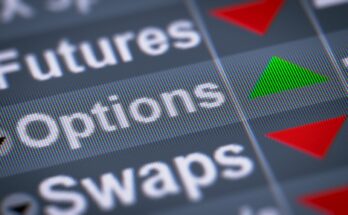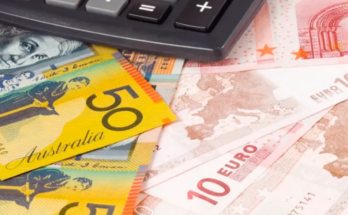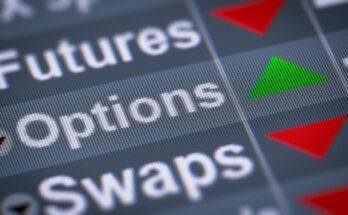Investors view Venezuela’s new forex system as a key measure to help improve the ailing country’s finances, but economists are sceptical whether it can access enough dollars to jumpstart the economy.
The Sicad II trading system was launched on Monday, and has sold dollars at an estimated 51 bolivars, which is eight times more than the official rate. Critics have lambasted the Sicad II, saying it devalues the bolivar 88 percent.
This prompted Fitch Ratings to lower Venezuela’s credit rating. However, this did not deter investors as the nation’s bonds surged on Tuesday.
**relatedarticle**
There is still uncertainty on how much Sicad II system will reduce shortage of dollars in the country, which saw over one out of four basic items run out of stock in January. The Venezuela’s central bank didn’t divulge details on how much currency has been transacted since Monday, according to Reuters.
“With no real efforts to significantly increase the supply of foreign currency, we suspect that it is another false dawn in Venezuela’s battle to overcome a dollar drought,†said David Rees of Capital Economics in a note.
President Nicolas Maduro said Sicad II will meet 8 to 10 percent of the country’s dollar demand, which equals to transactions of $60 million per day, which however is less than the daily transaction volume of $100 million in a similar market that was outlawed in 2010.
The Sicad II mechanism will provide multinationals such as Colgate-Palmolive and American Airlines with a lawful method of repatriating profit. However, it might mean huge losses as airlines, for example, price air tickets at the official rate but will have to repatriate revenue at the weaker Sicad II rate.
Former Venezuelan President, the late Hugo Chavez imposed currency controls in 2003 following oil production shutdown that nearly depleted the country’s hard currency reserves; and after an unsuccessful government takeover by the local opposition.
 To contact the reporter of this story; Yashu Gola at yashu@forexminute.com



